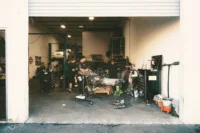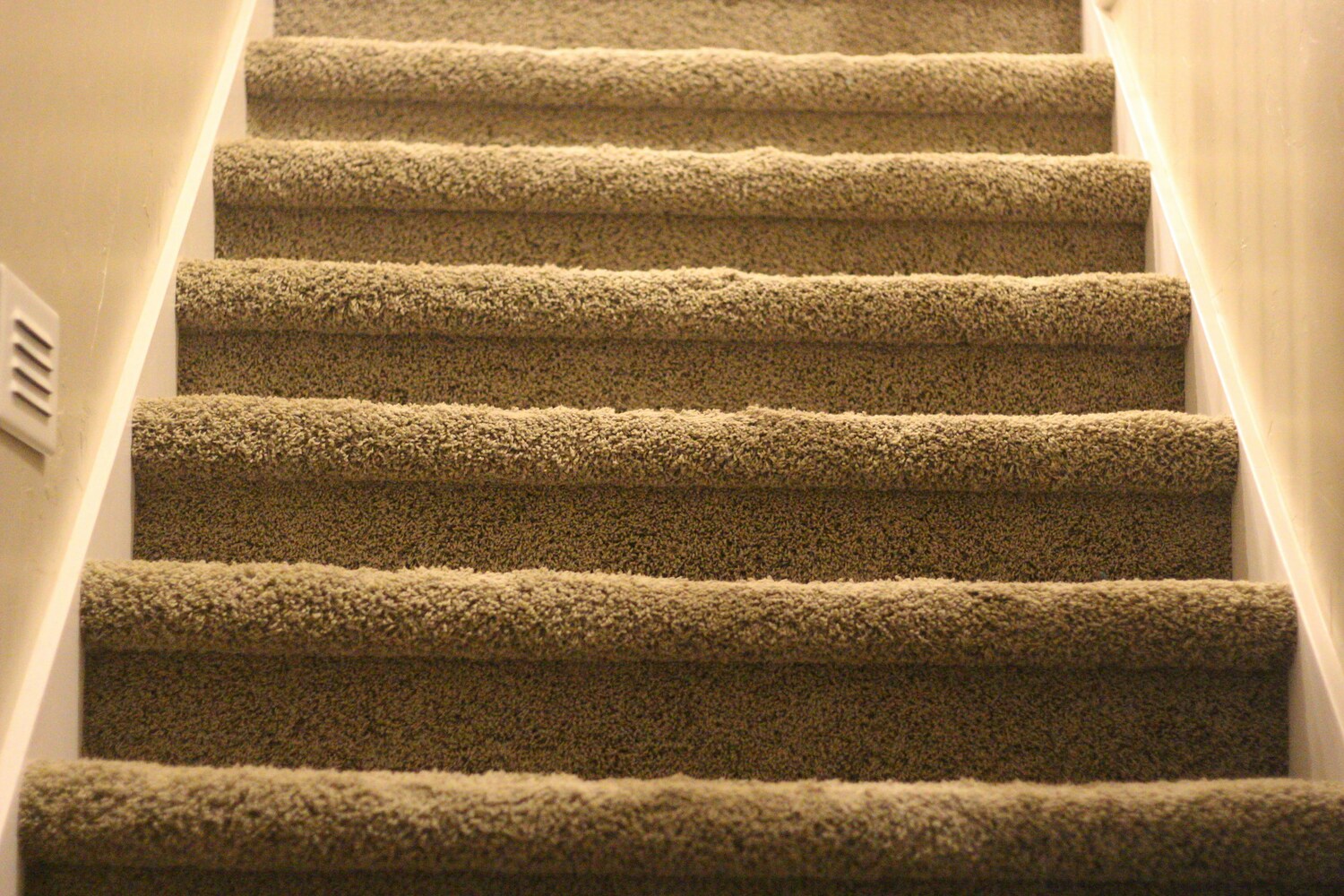- Home
- Articles
- Architectural Portfolio
- Architectral Presentation
- Inspirational Stories
- Architecture News
- Visualization
- BIM Industry
- Facade Design
- Parametric Design
- Career
- Landscape Architecture
- Construction
- Artificial Intelligence
- Sketching
- Design Softwares
- Diagrams
- Writing
- Architectural Tips
- Sustainability
- Courses
- Concept
- Technology
- History & Heritage
- Future of Architecture
- Guides & How-To
- Art & Culture
- Projects
- Interior Design
- Competitions
- Jobs
- Store
- Tools
- More
- Home
- Articles
- Architectural Portfolio
- Architectral Presentation
- Inspirational Stories
- Architecture News
- Visualization
- BIM Industry
- Facade Design
- Parametric Design
- Career
- Landscape Architecture
- Construction
- Artificial Intelligence
- Sketching
- Design Softwares
- Diagrams
- Writing
- Architectural Tips
- Sustainability
- Courses
- Concept
- Technology
- History & Heritage
- Future of Architecture
- Guides & How-To
- Art & Culture
- Projects
- Interior Design
- Competitions
- Jobs
- Store
- Tools
- More
What Size Dumpster Do You Need for Autumn Leaf Cleanup?

Autumn brings colorful leaves, but those piles can quickly take over a yard. Bagging leaves can get messy and time-consuming, especially if the yard is large. Many homeowners look for a faster and more organized way to handle leaf collection.
The right dumpster size for autumn leaf cleanup usually depends on the yard’s size and the number of trees, but for most medium suburban yards, a 10- or 15-yard dumpster holds enough leaves and branches. Larger properties with many trees may need a 20-yard dumpster to fit all the debris from a big fall cleanup. Choosing the right dumpster saves trips to the landfill and keeps outdoor spaces tidy.
By picking a suitable dumpster, anyone can keep their yard clean without the hassle of many bags or repeated trips. This guide explains how to estimate leaf volumes, pick the correct size, and avoid common pitfalls during fall cleanup.
Table of Contents
ToggleChoosing the Right Dumpster Size for Autumn Leaf Cleanup
Selecting a dumpster size for leaf cleanup depends on the volume of debris, available space, and how many trips a homeowner wants to avoid. Certain dumpster sizes fit average fall cleanup needs better than others, making it easier to dispose of leaves efficiently.

Selecting the Ideal Size for Your Property
Yard size and the number of trees influence which dumpster size will meet fall cleanup needs. Homeowners with medium-sized yards and several trees usually require more space than those with small lawns.
If bagging leaves is a one-time project, a 20 yard roll-off dumpster rental is often a good balance between size and price. Larger properties, or cleanup projects that involve bulky brush, may need a 30-yard or even a 40-yard option.
Urban homes with smaller lots might get by with a 10-yard or 15-yard dumpster. However, suburban and rural properties benefit from more capacity during the autumn season.
Certain dumpsters have weight limits, so consider if heavier items like wet leaves or branches will fill the container quickly. This helps avoid extra charges or delays during pickup.
Assessing the Amount of Yard Debris
The quantity of leaves varies from property to property. Small yards may only fill a few large trash bags, but larger lots can generate many cubic yards of leaves and twigs.
Consider the number of mature trees and how often leaves are collected. For example, a property with several large trees often produces much more debris than one with only a few saplings.
Wet or packed leaves take up less space than loose, dry piles. If including other yard debris, such as branches, this also affects the total volume needed for disposal.
Estimate the volume in cubic yards. One cubic yard equals about 30 standard bags of leaves. Multiply the number of bags expected to get a rough sense of dumpster size.

Standard Dumpster Sizes Explained
Roll-off dumpsters come in several standard sizes, which are usually measured in cubic yards. Common residential sizes include 10, 15, 20, 30, and 40 yards.
A 10-yard dumpster holds about 3 pickup truck loads. For light yard work or a single tree’s leaves, this may be enough. A 20-yard dumpster can handle the debris from larger yards.
The 30-yard and 40-yard sizes suit very large properties, neighborhoods coordinating a joint cleanup, or sites with heavy tree coverage. These offer room for both leaves and branches.
Container dimensions also matter. Length and height affect driveway placement, so double-check space before deciding which size works best for your home.
Popular Choices: 20-Yard, 30-Yard, and 40-Yard Dumpsters
Most homeowners find the 20-yard, 30-yard, or 40-yard dumpsters suit autumn leaf removal needs. The 20-yard size, often used for medium leaf loads, fits on most driveways and provides enough space for several trees’ worth of leaves.
A 30-yard dumpster offers extra room when cleaning large landscapes or gardens with mature trees. This choice prevents the hassle of refilling smaller containers multiple times.
The 40-yard container is best for larger properties with high tree density or neighborhood leaf cleanups. These sizes help save repeated pickups and reduce labor.
Best Practices for Autumn Dumpster Rental and Disposal
Proper dumpster rental and waste management help homeowners clean up autumn leaves easily and reduce damage to the environment. Choosing the right size and using responsible disposal methods saves money and time, while also keeping communities healthier.
Key Considerations When Renting a Dumpster
Before starting yard maintenance and leaf removal, homeowners need to estimate how much waste will result from the cleanup. A small yard may only need a 10-yard dumpster, but larger properties with mature trees often need a 15-yard size or bigger. Overestimating size can waste money, but underestimating leads to overflow or extra fees.
Placement of the dumpster matters too. The bin must not block driveways or sidewalks, and safe access for pickup and drop-off should remain open. Clear written guidelines from waste management companies list what items are allowed, so users avoid landfill penalties and extra charges. Some common prohibited items include chemicals, batteries, and appliances.
Arranging rental dates and coordinating pick-up times prevents bin overflow or long gaps with a full container sitting on the property. Requesting the dumpster before the cleanup date allows more flexibility, especially during busy fall months.
Environmentally Responsible Disposal Options
Environmental responsibility starts with separating leaves and organic debris from other waste before placing material in the dumpster. This supports proper composting and yard waste recycling programs offered by many towns. Yard waste, like leaves and branches, often requires special collection or a landfill site that composts green materials.

Residents should avoid dumping plastic bags or trash that could contaminate compostable materials. Instead, using paper lawn bags or no bags at all lets facilities process the waste safely. Donating usable items or arranging curbside pickup for large branches keeps valuable materials out of landfills, supporting local efforts to reduce waste.
Clear labeling of bins or piles for leaves, sticks, and general trash makes it easier for crews to sort loads correctly. Following these steps minimizes the impact of autumn cleanup on the environment and promotes healthier soil and outdoor spaces.
Efficient Waste Management and Landfill Alternatives
Efficient waste management starts by planning leaf collection and yard maintenance around local waste pickup schedules. Many cities offer separate days for yard debris, which can reduce landfill use and support large composting operations. Residents can check their city’s guidelines to find the best time for disposing of leaves or branches.
Choosing a dumpster rental service that diverts organic yard waste to composting facilities instead of landfill locations helps keep resources in use and out of dumps. Homeowners who create their own compost piles can further cut down on trash sent to waste management sites. For those with extra materials, asking about drop-off locations nearby or participating in community recycling events gives more alternatives to traditional disposal.
Proper sorting and following city instructions create cleaner loads, cut costs, and reduce greenhouse gas from landfills, all while keeping yards clean and ready for winter.
Conclusion
Choosing the right dumpster size for autumn leaf cleanup depends on the size of the yard, the number of trees, and the amount of leaves collected. Small properties may only need a 10-yard dumpster, while larger areas with many mature trees usually require a 20-yard unit.
Leaves pile up quickly, so it helps to estimate before starting the project. Renting a dumpster can save time and prevent repeated trips to waste sites. This simple step makes fall cleanup smoother and keeps yards in better shape through the season.
illustrarch is your daily dose of architecture. Leading community designed for all lovers of illustration and #drawing.
Submit your architectural projects
Follow these steps for submission your project. Submission FormLatest Posts
Chandelier Light vs Ceiling Lights: Which Decorative Lighting Works Best for UAE Homes in Winter?
Winter in the UAE doesn’t arrive loudly. It doesn’t announce itself with...
Marketing for Architects: How Firms Are Getting More Clients Without Chasing Leads
Architectural marketing has changed in important ways. Referrals and reputation still matter,...
8 Innovative Apartment Design Ideas from the USA
Apartment design in the United States is rapidly evolving, with architects and...
Tips for Using Runners to Transform Hallways and Spaces
Hallways work hard. They handle daily foot traffic, muddy shoes, and the...












Leave a comment